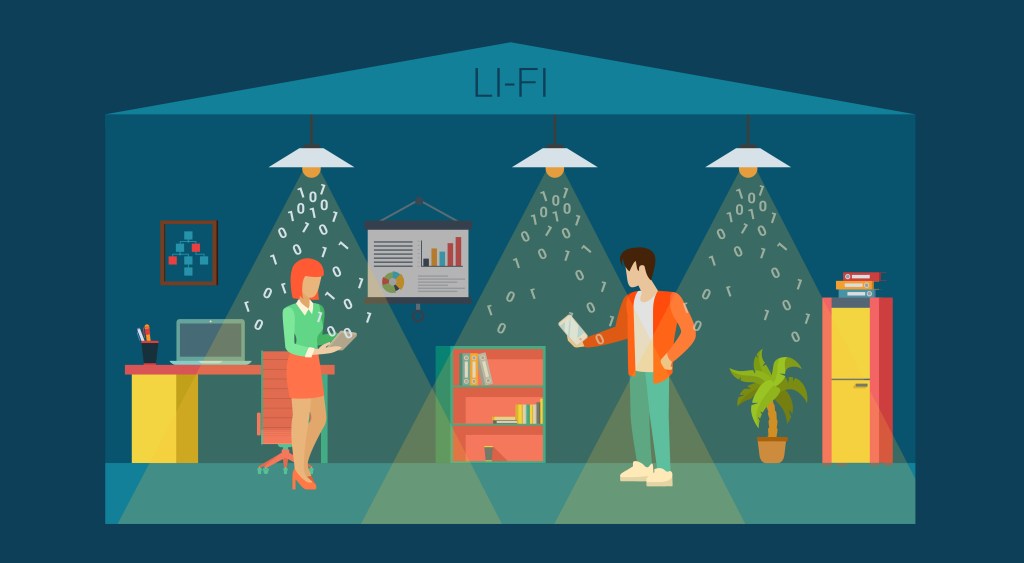Li-Fi
Emerging Technologies
Wi-Fi revolutionized the way we connect to the internet, but it’s not without flaws. Researchers have been busy looking for new kinds of technologies that could offer more reliable alternatives. One is called Li-Fi (Light Fidelity). Back in 2011, a group of scientists led by Professor Harald Haas from Edinburgh University in Scotland introduced the […]
